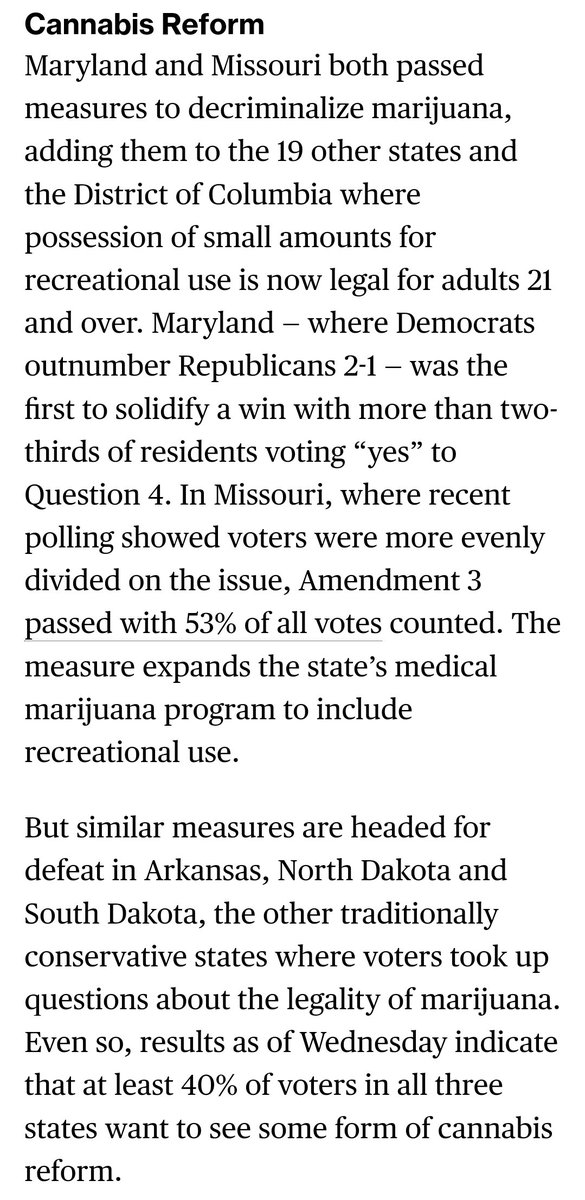On March 12th, CBN News posted an article about the dangers of marijuana and Delta-8, a substance containing THC.
The article reports:
Laura Stack told CBN News marijuana stole the life of her son Johnny. She recalled he was a happy, intelligent child who grew up in a Christian home. However, he began using marijuana at age 14 when his home state of Colorado legalized its recreational use. It was a move that changed his life forever, leading to ultimate tragedy.
“He took his own life when he was 19 years old five years later, after he became psychotic, very delusional, and paranoid, and suspicious, from using the marijuana,” she said.
Laura didn’t realize that most of today’s marijuana contains at least 10 times the psychoactive compound THC than it did 20 years ago.
“In my head, I said, ‘It’s just weed. I used it when I was a girl. I’m fine. It’s no big deal,’ and I was so wrong,” she said.
Laura and her husband John founded Johnny’s Ambassadors as a way to honor their son and help prevent other people from suffering the same fate.
Former marijuana addict Zach Plant told CBN News the drug almost took his life.
“I had thoughts of other people wanting to hurt me, thoughts of the only way of being safe was to end my own life,” he said.
Zach was admitted to the hospital and was diagnosed with Cannabis-Induced Psychosis. Symptoms include losing touch with reality, hallucinations, delusions, and paranoia. Zach recalled the stark warning doctors gave him.
“‘If you smoke marijuana again, there’s a chance you don’t come out of psychosis. You go back into it and your brain may never recover,'” Zach said.
Nora Volkow, M.D., Director of the National Institute on Drug Abuse, told CBN News these types of episodes are becoming more common as the drugs get stronger.
“The higher the dose of THC for example, the higher the likelihood that you will end up with a psychotic episode,” she said. “And that will lead you to the emergency room department.”
I understand that there are people who do not seem to be affected by smoking pot. However, is the risk of psychosis one that you or your children are willing to take.
The article also notes:
Aside from marijuana, there’s growing concern about another substance containing THC called Delta-8. It doesn’t come from the cannabis plant. Instead, it’s synthesized from a similar plant called hemp. It can contain as much THC or more than marijuana.
Delta-8 products like vape pens can be purchased at gas stations, convenience stores, and online even in states where the commercial sale of marijuana is illegal. That’s because of a legal loophole in the 2018 Farm Bill that legalized hemp nationwide.
Julie Killian, co-founder of RyeACT, Rye Action for Children and Teens, to educate families on youth substance abuse, told CBN News she was surprised to encounter the widespread sale of Delta-8 while she was visiting a state where commercial, recreational marijuana sales were outlawed.
“I was at a truck, one of those food trucks, and they were selling coffee in the morning, and you could get a shot of Delta-8 THC in your coffee,” she said.
Be careful out there.


